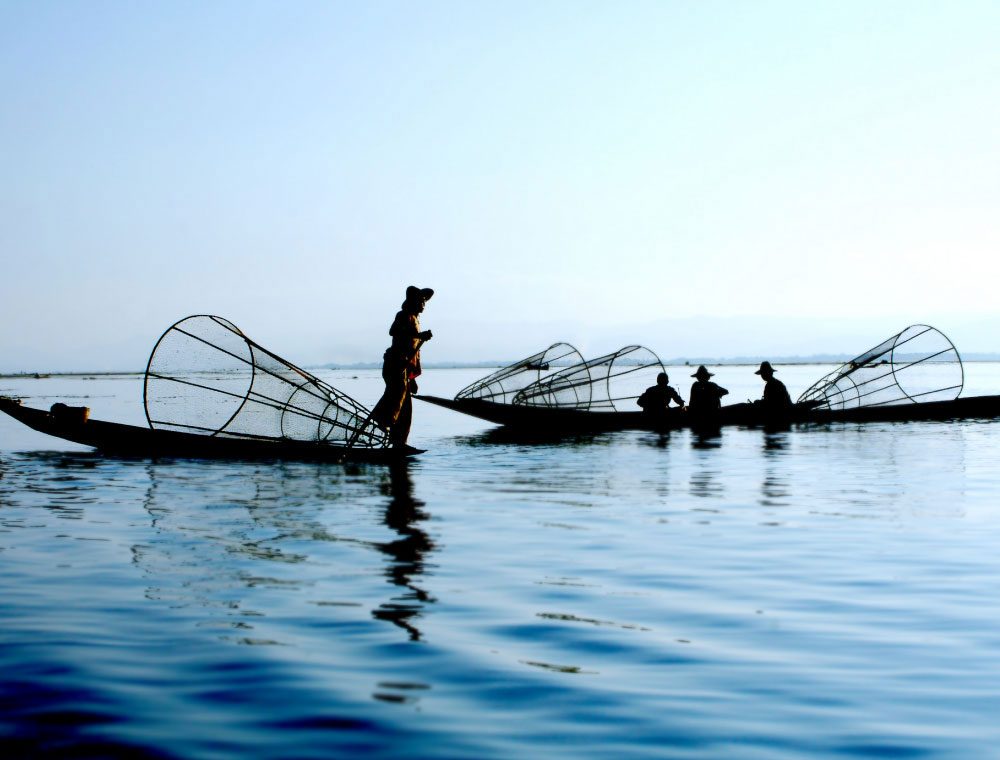
MOSAIC TOURS
Add: 7 Ngo Gach str., Hoan Kiem dist., Hanoi, Vietnam
Hotline: 0974.438.299/ 0965.431.556
Copyright © 2014. All rights reserved.

Mandalay was founded in 1857 as the capital by King Mindon and remained the capital city of the Konboung, Myanmar’s last dynasty. Accordingly, it is the richest historical landmark after Bagan. The Mandalay Palace boasts finely built palace walls and a beautiful moat surrounding the fortress. Moreover, Mandalay is not only an important city for Myanmar culture, but the principle centre for Buddhism studies in Myanmar. Mandalay’s monasteries and pagodas are of great religious significance to all of the people of Myanmar. Recommended tour highlights include Buffalo Point, brass molding workshops, stone and marble carvers, gold leaf pressing, tapestry workshops, cotton and silk weaving, silversmith workshops, a bamboo fan factory, the colorful Zeycho Market, Shwenandaw Golden Palace Monastery, Shwe In Bin Monastery, Atumashi Kyaung, Kuthodaw Pagoda (the world’s largest book) and Mandalay Hill. The Mahar Myat Muni Buddha Image is the most revered Buddha image in Mandalay.
AMARAPURA
Situated about 11 km south of Mandalay, Amarapura is an ancient capital of the Kongbaung Dynasty. Places of interest include the Patodawgyi Pagoda, silk and cotton weaving workshops and U Bein, the world’s longest Teakwood Bridge (1208 meters long). Another of Amarapura’s treasures is the Maha Gandayon Monastery where more than 1000 monks live and study.
INWA
Inwa (Ava) lies 20km southwest of Mandalay. Founded by the Shan King Thadominbya in 1364, it remained the royal capital for almost 5 centuries. Visitors cross the river on a ferry and ride around the sites of Inwa in a horse-drawn pony cart. Highlights include the Nanmyint Watchtower, Bagaya Teak wood Monastery, Maha Aungmye Bonzan, Htilaingshin Paya and a workshop that produces lacquer alms bowls for monks.
MONYWA
Monywa, about 140km to the west of Mandalay, is the commercial centre of the Chindwin Valley. Bodhi-ta-taung Pagoda, a 300-foot long reclining Buddha, Kyauka Shweguni Pagoda and lacquer ware village, Thanbodday Pagoda, Shwe Ba Hill and the famous caves of Po Win Daung across the river are major visitor attractions. Monywa is about a 3-hour drive from Mandalay.
MINGUN
Mingun is 11km upriver from Mandalay on the western bank of the Ayeyarwaddy River. It is noted for the Mingun Paya, a huge unfinished pagoda, the Myatheindan Pagoda and a gigantic 90-ton bell – the largest undamaged ringing bell in the world. The 45-minute boat trip to Mingun is a very pleasant way to see life along the Ayeyarwaddy River.
MOGOK
Roughly 200km north of Mandalay, Mogok is famous for its gem mines where rubies and sapphires are extracted. The town is nestled in a valley around a large lake – the weather here is cool. Mogok means “Ruby Land”.
SAGAING
The ancient capital of Sagaing lies 21km southwest of Mandalay on the west bank of the Ayeyarwaddy River. The Sagaing Hills contain famous religious retreats where monks and nuns go for study and meditation in over 400 monasteries. Nearby is Ywataung Village known for its silver craftsmen.
PYIN OO LWIN
Pyin Oo Lwin (Maymyo) is 1070 metres above sea level and is 67km east of Mandalay. It is best known as Maymyo, a former British colonial summer retreat. The famous Candacraig Hotel, the Botanical gardens and the Pyin U Lwin are popular sites. Excursions to Pwe Kauk Falls, Peik Chin Myaung Cave and a ride on a horse-drawn stagecoach through the town are some of the most popular visitor activities. Pyin Oo Lwin is an easy day trip from Mandalay. Hiking trips to the nearby Anisakan Falls can be arranged.
MOSAIC TOURS
Add: 7 Ngo Gach str., Hoan Kiem dist., Hanoi, Vietnam
Hotline: 0974.438.299/ 0965.431.556
Copyright © 2014. All rights reserved.

